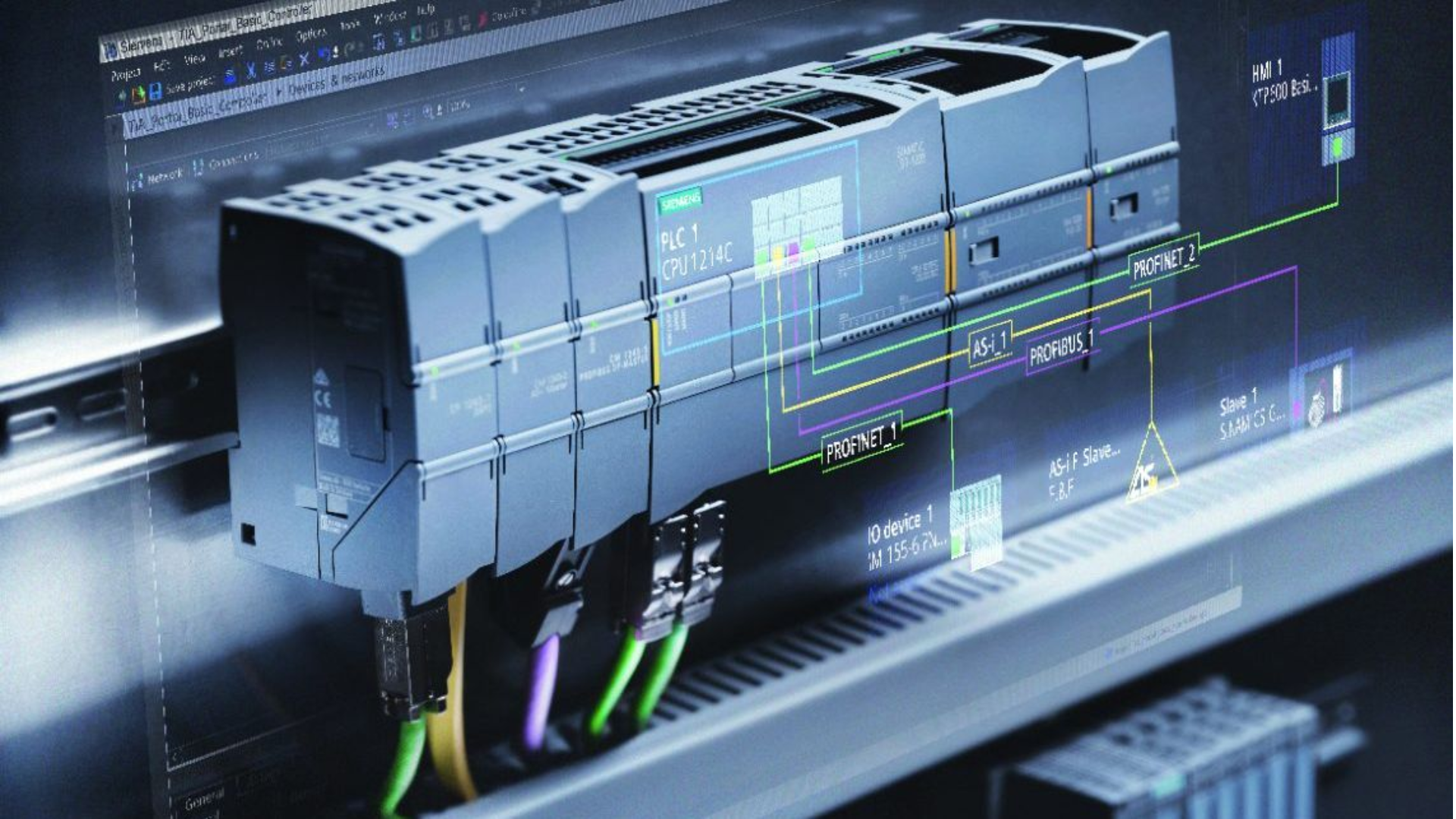-Aug-06-2023-09-05-02-3228-PM.png?width=300&name=Copy%20of%20ACD%20Image%20(22)-Aug-06-2023-09-05-02-3228-PM.png)
A programmable logic controller (PLC) is an industrial digital computer which is used for the control of manufacturing processes. With the rise of new technologies, PLCs are now mainstays in the majority of factory environments and help facilitate day-to-day automation. Because of the significant role of PLCs in working factories, safety is placed at a premium when developing this new technology. Below, we’ll walk through the basics of machine safety in a PLC, the distinction between a standard PLC and a safety PLC, and how a safety PLC can be advantageous to your business in the long run.
The Safety PLC
The safety PLC works in the same capacity as a standard PLC - supporting all the same applications, etc. - with some added features. The key distinction lies in the safety PLCs’ safety integrated functions, which allow it to control safety systems. Noted by key industry leaders, the two main objectives of a safety PLC are to not fail, and if it should fail, fail in a predictably safe way. A safety PLC accomplishes these tasks by mitigating the need for safety relays to create redundancy through the use of its redundant microprocessors. Its built-in diagnostic system allows for constant process monitoring and safe shutdown should a critical failure be detected.
In order to officially be categorized as a safety PLC, the PLC must pass a rigorous set of international standards. Perhaps the most difficult of these tasks to achieve is a safety integrity level (SIL) of three. This means the PLC must be able to detect over 99% of potential failures. A large bevy of diagnostic tests is conducted on safety PLCs in order to ensure their accuracy.
Advantages of a Safety PLC
But is all this extra diagnostic testing and hassle worth the actual benefit provided by a safety PLC? The truth is a safety PLC does offer a handful of distinct advantages that can benefit a particularly safety-conscious business. Here are a few perks of the safety PLC:
Safety Control: While a conventional PLC only accommodates standard control, the safety PLC offers safety control features. This means there are more tools at your disposal to keep your factory environment safe.
Save Time and Money: By directly controlling the safety system, safety relays are no longer needed. This saves your business time and money that would have otherwise been used on field wiring to power those relays.
Flexibility: Modifications only require programming changes. No wiring or additional relays are necessary to alter various settings on the safety PLC.
Disadvantages
In spite of the advantages offered by the safety PLC, there are a few downsides. One major disadvantage is that the initial upfront cost of a safety PLC is much more expensive than the traditional PLC. This means if your business is a smaller operation that focuses on simpler applications, the safety PLC might not be the best choice for your needs. Additionally, the burgeoning technology in safety PLCs means less trained maintenance technicians and engineers are familiar with their technology. Supplementary training might be necessary to familiarize your employees with the product and counter any potential confusion.

